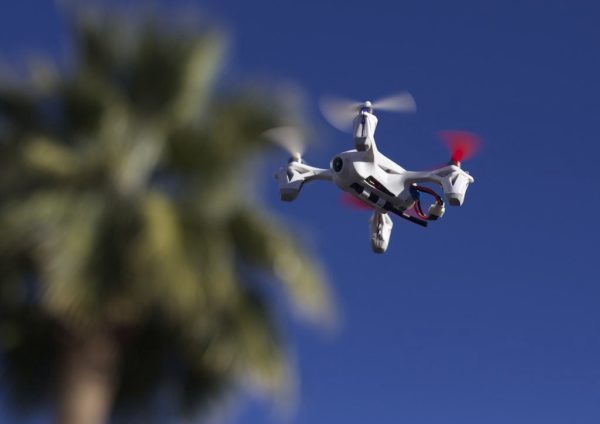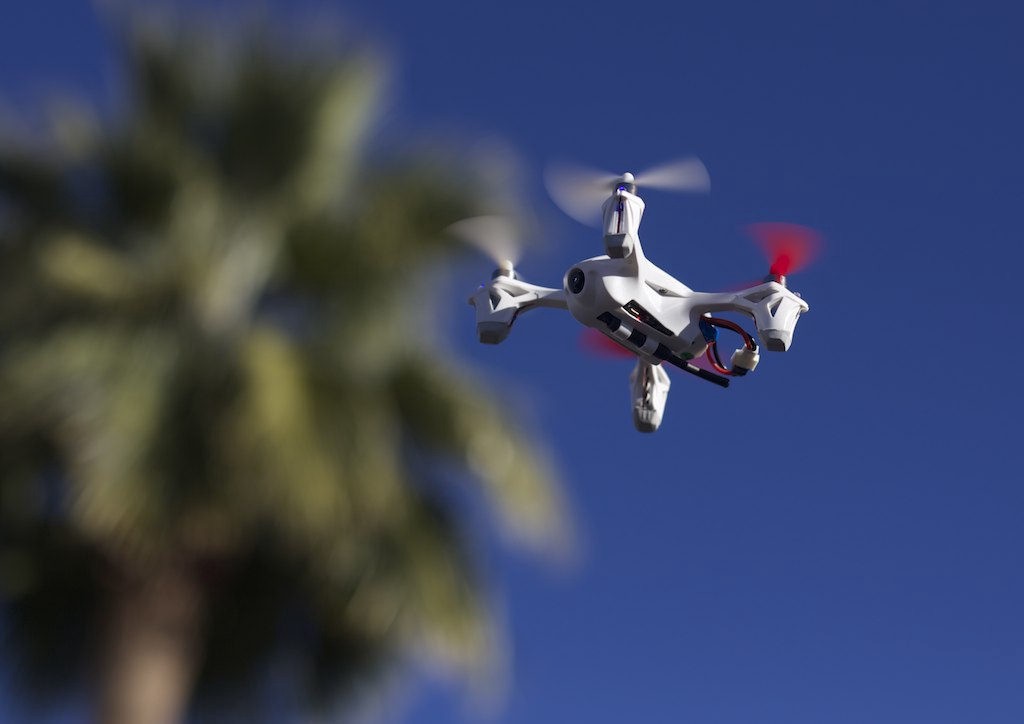There’s no such thing as a silver bullet, says our health logistics consultant Tilly Peterken, but with the right research we might see the potential impact of drones upon development.

Over the last decade, many have considered drones to be the future of logistics.
Advocates imagine a world where forecasting is obsolete and the click of a button can immediately send a medicine-laden drone from a Central Medical Store to a location anywhere in that country. In this vision of the future we see a variety of drones buzzing through the air, helping to provide solutions to all current supply chain problems.
The Crown Agents Foundation event, ‘Drones: The next game changer for development aid?’ in January generated some heated debate within the health logistics team here at Crown Agents around the role that drones might play. Although the discussion has been mostly positive about the potential power for good drones could have, questions remain for practitioners around how drones will feature within the complex project landscapes in which our supply chains operate.
After much debate and drawing on our experiences in the field, we discussed three areas where drones could have a significant impact.
1. Deploying drones for long haul deliveries
Drones could play a key role in moving loads from central medical stores up to district drone ports countrywide. This was an idea outlined by panel speaker Jonathan Ledgard during the aforementioned CA Foundation discussion. He believes that the future of transportation will be using what is called the ‘lower skies’ to provide distribution services to low infrastructure regions.
This concept involves using large drones to move medium-sized payloads between secondary towns. This vision will require without a large up-front investment in infrastructure followed by ongoing investment in maintenance and skills to enable upkeep. Achieving this would require drone ports being built as public infrastructure, and development initiatives being embedded into regional infrastructure — in the same way we are currently benefitting from public roads, private telephone connections and internet service providers in remote places. Corporate interests would have to take the fiduciary risk: governments/ NGOs would then only have to purchase (or rent) the drones.
2. Drones for delivering at the last mile
Since their inception, drones have been viewed as the panacea of the last mile distribution: they will allow us to quickly deliver essential medical items to hard to reach places, helping to address emergency situations and save precious human lives.
While supporting the DFID UK funded Health Pooled Fund in South Sudan, we have seen first-hand the problems inherent in delivering to the last mile (or even to district distribution points) in circumstances of ongoing conflict. The use of drones could reduce the risk to humans getting caught in conflict zones during the delivery process, and ensure essential medications arrive even in conflict — when it is needed the most.
The benefits are evident, but there are a number of important issues to consider. Will drones ever be hardy enough to survive gun fire in hostile environments? Would the capacity of available drones be large enough to deliver a full last mile delivery to a health centre? Would the staff at remote health centres have the necessary storage capacity and training to receive the delivery? How would the drones be retrieved if they broke down in difficult terrain or dangerous areas? Will drones ever be as universally fixable as, say, a Toyota Land Cruiser?
The answer to these questions is to be found through trials of drones in these contexts. Projects like the Zipline Ups Foundation will be key to providing answers, and collaborations between medium organisations and start-ups are also set to play a vital role in testing the potential uses of drones in supply chains. The Crown Agents Foundation and our drone partner, UAVAID, are also looking to contribute with a drone pilot.
Another key question for the future is how the use of drones will impact the local distribution networks, the logistics industry and local economies. Many of the projects we work on rely heavily on local drivers, men with motor bikes and distribution companies. Using drones could reduce their work load and have negative effects on the local economy.
3. Drones for specialised/parallel supply chains
The area that our team is most excited about is the prospect of using drones to solve long-standing problems in specialised and parallel supply chains. For expensive and pressure commodities like blood, controlled medicines and emergency test kits drones could be key in ensuring a quick and effective supply chain.
Crown Agents took a leading role in supporting UKAid’s Ebola response, so we understand the need for caution and speed in an emergency. Drones could have had a transformative impact. For example, they could have been used to transport samples to and from labs, allowing test to be conducted and results analysed rapidly without the risk of infection spreading due to the movement of people. Drones could also have been used to transport blood from Lunghi Airport to the various medical stores dotting Sierra Leone, reducing lead-times and risk of damage.
There are many questions surrounding the future of drones. Innovative organisations are already beginning to trial drone solutions, to test, once and for all, whether drones are practical in the development context. We are excited to participate in these trial exercises and to see what the possibilities for drone use may be.
To accelerate the production of quality research on practical implementation of drones, we are collaborating with the MSc in Logistics and Supply Chain Management Course at Cranfield University, currently ranked Europe’s number one course in the field. A student will be researching a thesis modelling the cost and feasibility of drone use. Using data from a previous project scenario, and with the cooperation with our drone partner UAV Aid, we hope the student will show us how we could include drones in our solutions to inform our future project design, and help us build this exciting frontier tech into our award-winning logistics work.
